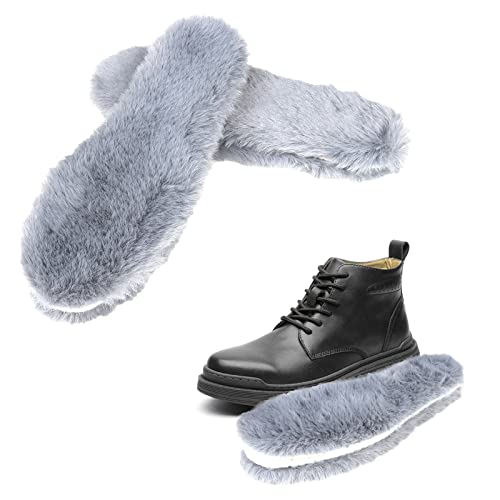sryglet
Member
Hello! I joined the forum because I breed harlequins and got a baby in a litter last year that makes absolutely no sense concerning my knowledge of rabbit genetics. We know the parent's lineage is correct on her pedigree and the color she is makes absolutely no sense!
Her dad is our black Japanese. Her mom is our lilac Japanese, born to our other lilac Japanese. She was back bred to her dad, meaning this baby's father and grandfather are the same rabbit. His parents were a lilac Japanese buck and a black japanese doe. Her mother's parents were black Japanese buck and a lilac Japanese doe. All rabbits in both parents pedigree are either black or lilac Japanese.
Her parents' pairing has produced 37 babies, all black, blue** (edited to correct) and lilac Japanese. Dad has produced over 200 babies and none had any white on them. Dad doesn't have any white on him. There is a zero percent chance that mom has ever been around another buck unless someone snuck a different buck into our rabbit run and he only managed to get one kit into a litter of 9 otherwise very obviously harlequin babies, and I'm pretty sure our dogs wouldn't let that happen on top of how weird that would be.
This baby was born pure white and developed small light and dark grey spots on her body, ears, and nose by weaning. Her grey spots have come in more and more over time - for instance, she did not have the smaller markings around her right eye until a few months ago and the markings around her nose have grown and darkened significantly over time. If that isn't perplexing enough, she has now begun developing pale fawn markings on her ears, nose, feet, and body at 6 months old (as you can see here), which are rapidly coming in now at 7 months. As you can see from some of the photos, she is beginning to develop darker fawn bands on her ears. Her ears were pale grey with absolutely no orange two months ago. I bathed her with whitening shampoo because I was certain it wasn't possible that these pale fawn markings were real, but they are definitely genuine coloration. I am absolutely perplexed about the presence of all three colors on her, as well as the fact that the spots appear and multiply over time. She's also smaller than any other kits we've produced and has a very masculine head shape.
Any clue as to what's going on? We sell show quality harlequins and I would be mortified if someone ended up with whatever this is in one of their litters from our stock - not that she isn't beautiful! We've sold a lot of babies and no one has ever reached out saying they got a random off-colored harlequin in their litters.
Her dad is our black Japanese. Her mom is our lilac Japanese, born to our other lilac Japanese. She was back bred to her dad, meaning this baby's father and grandfather are the same rabbit. His parents were a lilac Japanese buck and a black japanese doe. Her mother's parents were black Japanese buck and a lilac Japanese doe. All rabbits in both parents pedigree are either black or lilac Japanese.
Her parents' pairing has produced 37 babies, all black, blue** (edited to correct) and lilac Japanese. Dad has produced over 200 babies and none had any white on them. Dad doesn't have any white on him. There is a zero percent chance that mom has ever been around another buck unless someone snuck a different buck into our rabbit run and he only managed to get one kit into a litter of 9 otherwise very obviously harlequin babies, and I'm pretty sure our dogs wouldn't let that happen on top of how weird that would be.
This baby was born pure white and developed small light and dark grey spots on her body, ears, and nose by weaning. Her grey spots have come in more and more over time - for instance, she did not have the smaller markings around her right eye until a few months ago and the markings around her nose have grown and darkened significantly over time. If that isn't perplexing enough, she has now begun developing pale fawn markings on her ears, nose, feet, and body at 6 months old (as you can see here), which are rapidly coming in now at 7 months. As you can see from some of the photos, she is beginning to develop darker fawn bands on her ears. Her ears were pale grey with absolutely no orange two months ago. I bathed her with whitening shampoo because I was certain it wasn't possible that these pale fawn markings were real, but they are definitely genuine coloration. I am absolutely perplexed about the presence of all three colors on her, as well as the fact that the spots appear and multiply over time. She's also smaller than any other kits we've produced and has a very masculine head shape.
Any clue as to what's going on? We sell show quality harlequins and I would be mortified if someone ended up with whatever this is in one of their litters from our stock - not that she isn't beautiful! We've sold a lot of babies and no one has ever reached out saying they got a random off-colored harlequin in their litters.
Attachments
Last edited:











































